The Africa Centre reopens to celebrate culture and community
The Africa Centre has reopened to a design by London-based architecture studio Freehaus, and is ready to support community and cultural exchange from its new Southwark home
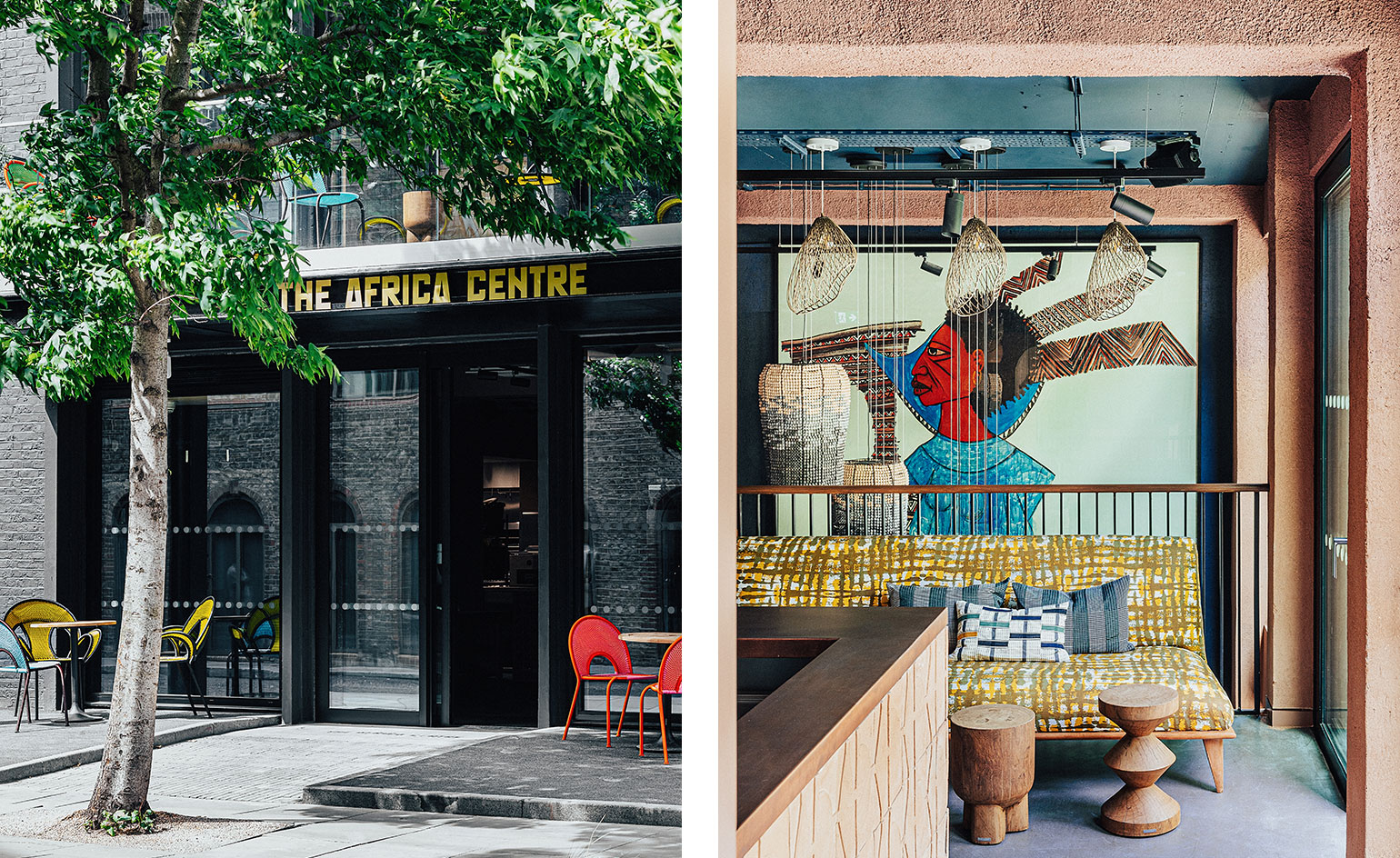
Taran Wilkhu - Photography
Freehaus has just completed its reimagining of a 1960s building in London's Southwark into the new home of The Africa Centre – an ‘embassy of optimism’ for pan-African culture. The established London institution has been planning a move for some time, after 60 years in its previous, Covent Garden base. The London architecture studio led by co-founders Jonathan Hagos and Tom Bell won the competition for the new location's design in 2019. Fast forward three years and one pandemic, and the new Africa Centre is about to open its doors, ready to boost culture and community in its immediate locality and beyond.
‘Southwark is home to the largest Black African community in London and therefore, possibly, the whole of the UK,’ notes Hagos. ‘We looked at the organisation's five key pillars – community, entrepreneurship, intellectual leadership, culture and education – and worked on different spaces in the building that cater to their needs.’ Now, the redesigned structure – which used to be a fairly conventional office building – has been reconfigured to host a café and restaurant on the ground floor, a bar upstairs, an exhibition space on the second floor, and an education and digital hub, and a business centre in the top two levels (these last two areas are still work-in-progress, subject to additional funding).
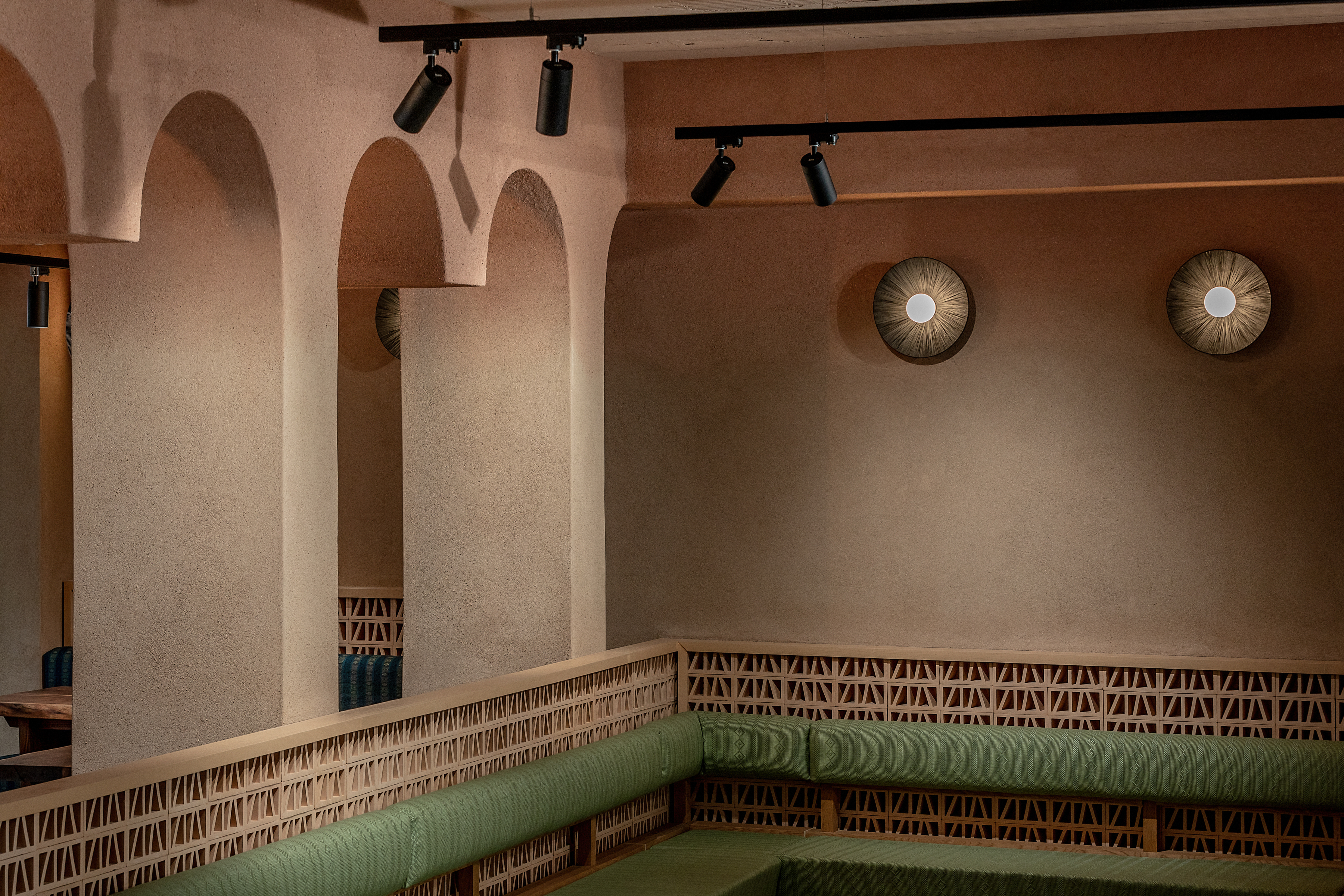
Openness was central to the design development. ‘We wondered how to make [the space] uniquely African and welcoming, and what “welcoming” means,’ Hagos says. ‘We wanted to avoid stereotypes but also celebrate shared traditions, the idea of being pan-African.' Extensive research led the team to draw inspiration from references such as the work of David Adjaye in creating cultural institutions for Black and Afro-centric organisations; former Africa Centre trustee Chris Spring’s book African Art Close-up; African Architecture Evolution and Transformation by Nnamdi Elleh; the work of Burkinabé architect Francis Kéré; and Atelier Masōmī’s Hikma religious and secular complex in Dandaji, Niger.
Just as the centre is conceived as a beacon of Pan-African culture, a symbol of both unity and diversity within the continent, the project was also the result of a collaboration between several parties, as Freehaus worked closely with interior designer Tola Ojuolape, structural engineers Price & Myers, art curator Alexia Walker, and brand designer Mam’gobozi Design Factory. As a result, the interiors are rich and layered, working on various scales and combining a carefully considered palette of colours, textures and furniture, inspired by and often sourced from the African continent. The quality of light was another element that played a significant role in forming the spaces and choosing the final materials, while details such as the wall colour gradient ensure the space is subtly fine-tuned, offering more than meets the eye at first glance.

‘It was important to us that materials are not homogeneous, you can see the particles that make them and there’s transparency and honesty there,’ Hagos points out. The walls, covered in a textured clay plaster painted in tones of salmon pink and indigo blue, are a case in point. Other key interior elements are the arches sculpted across the ground floor and a large-scale mural that hangs in the feature staircase that unites the social spaces of the ground and first floors. The artwork was painstakingly removed, restored, and brought here from The Africa Centre's old home in Covent Garden. At the same time, the architects kept a close eye on the building’s energy efficiency, adopting a range of low- and zero-carbon strategies to make sure it performs in an environmentally friendly way.
The balance of it all pays off, as the completed bar and restaurant spaces, destined to carry the largest numbers of people, spilling out to outdoor terraces in the front and back of the building on both levels, feel welcoming and open. ‘I had in mind the cover of a Marvin Gaye album,' Hagos says, referring to the artist’s I Want You album sleeve, ‘where you can see Black people coming together and enjoying themselves.’ The team's vision is for this powerful image to come to life once the new home for The Africa Centre is up and running, offering a dynamic hub for creativity, ideas and cultural exchange like no other, with the African continent at its heart.
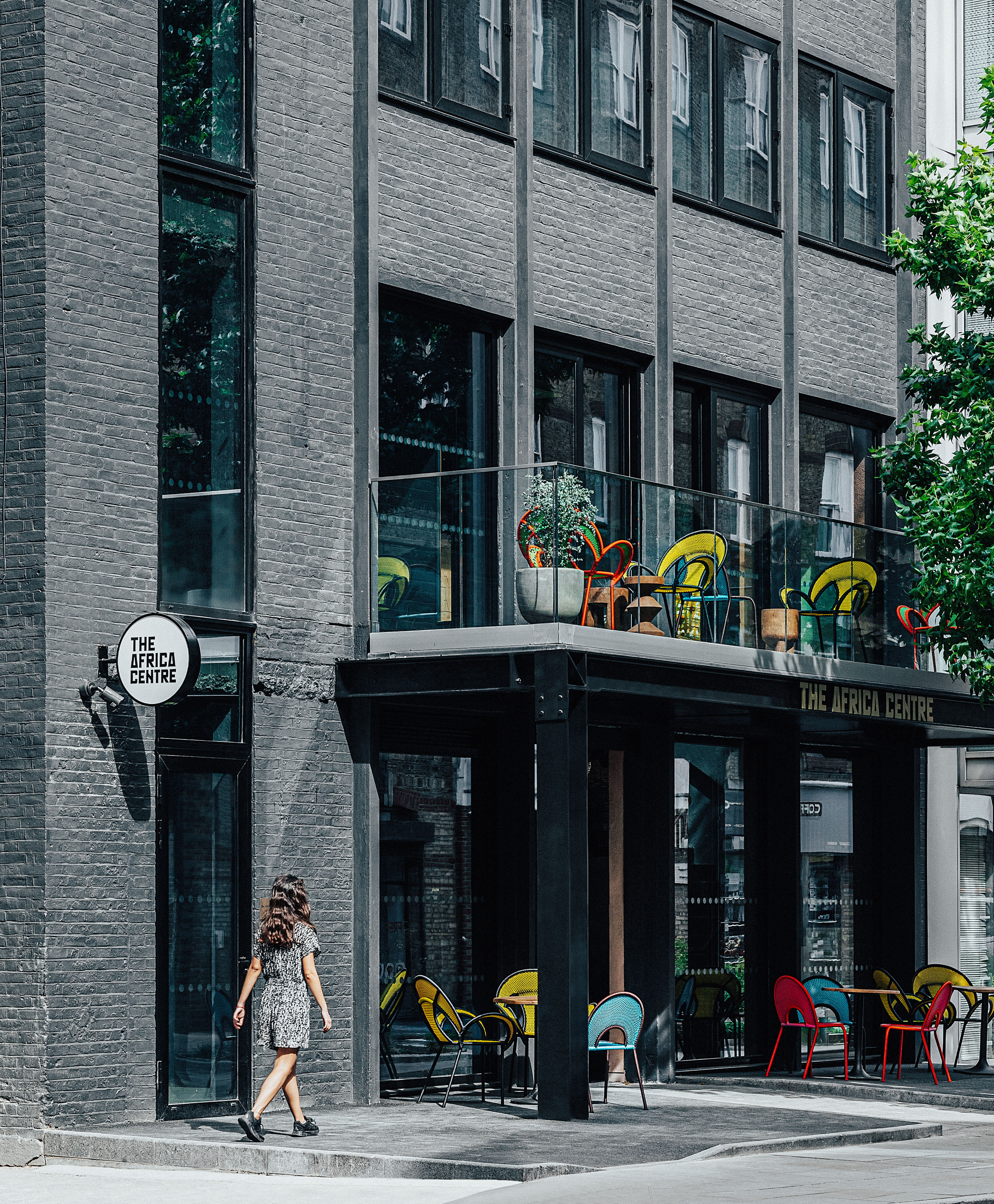
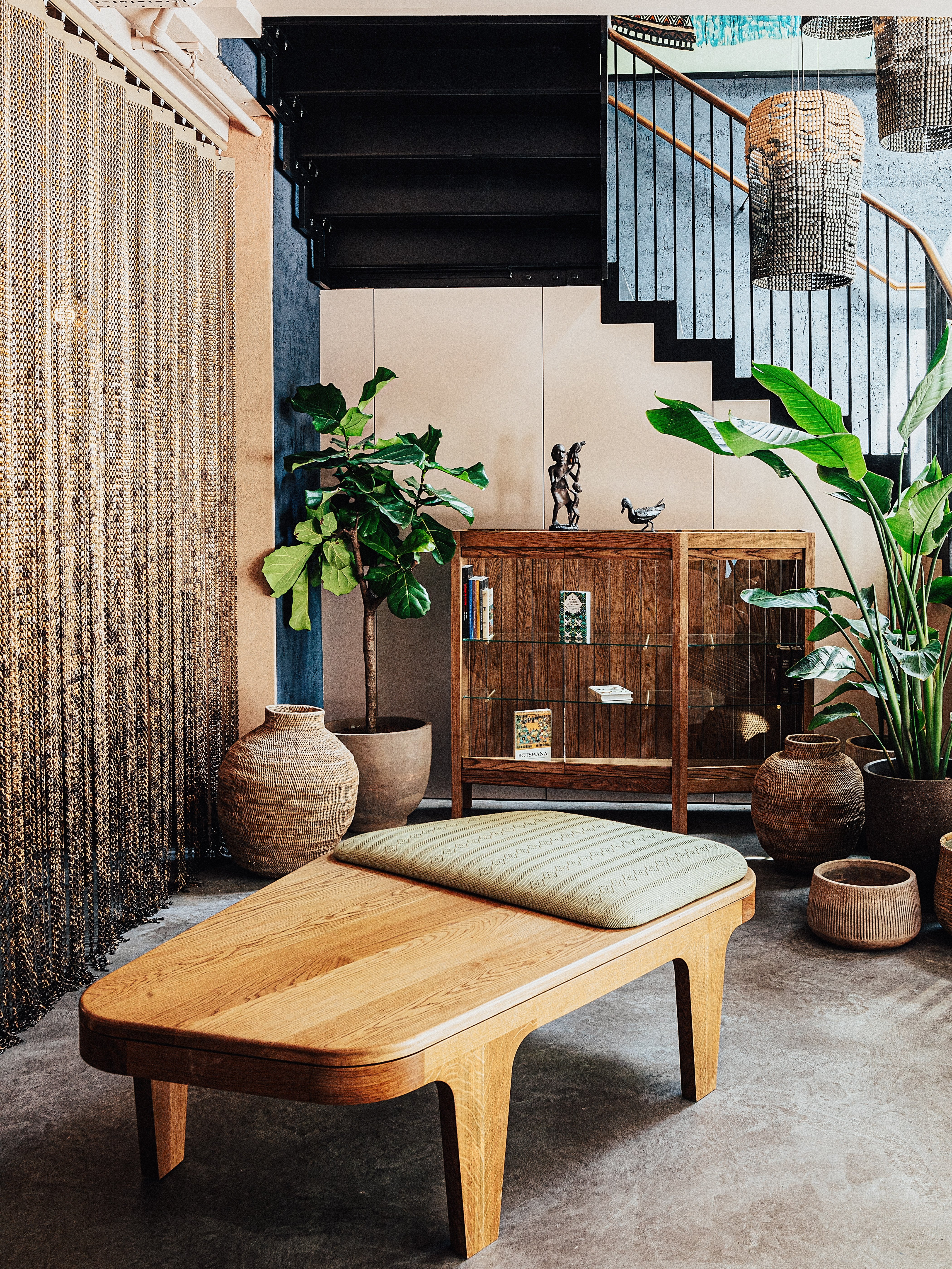
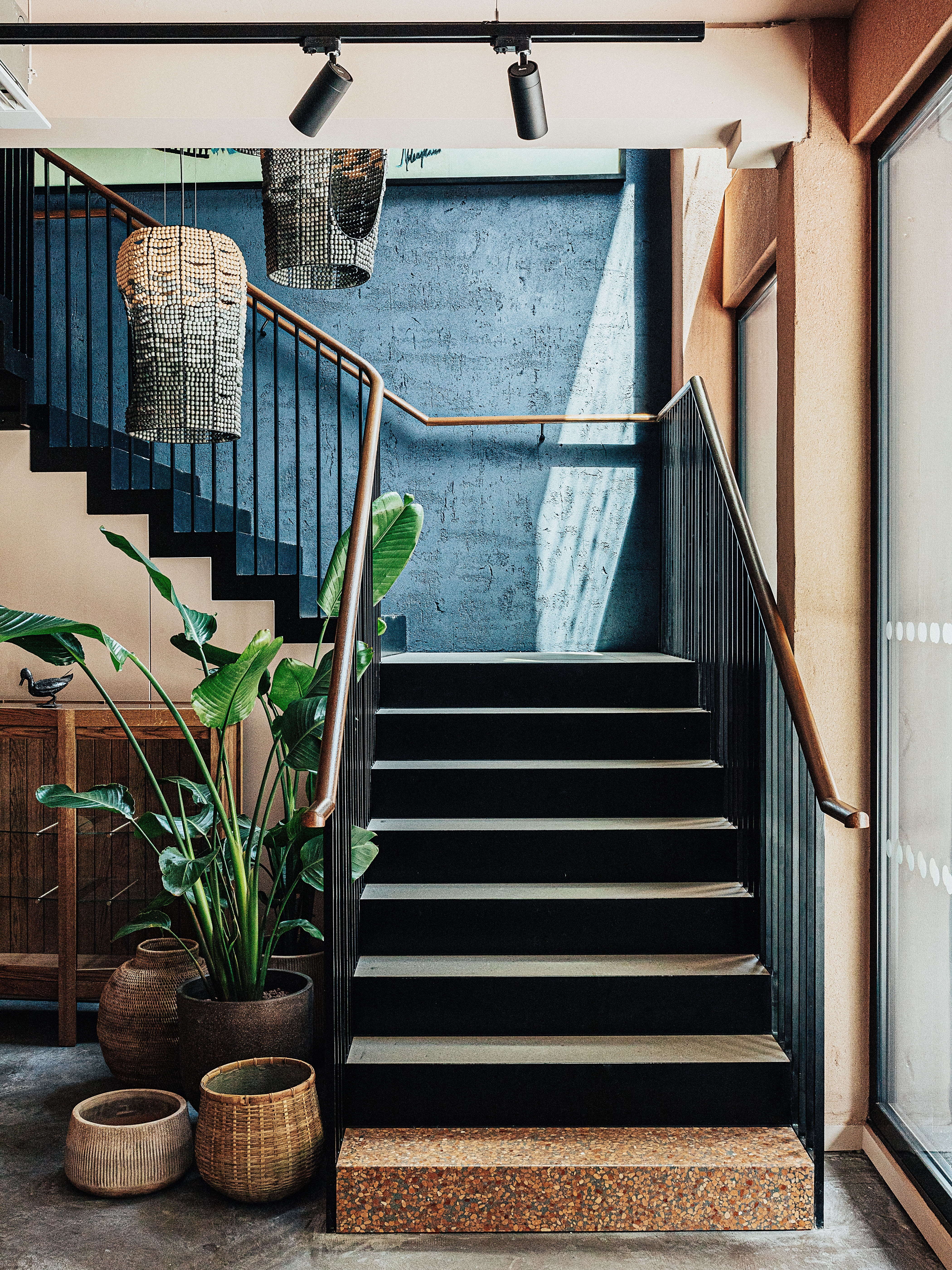
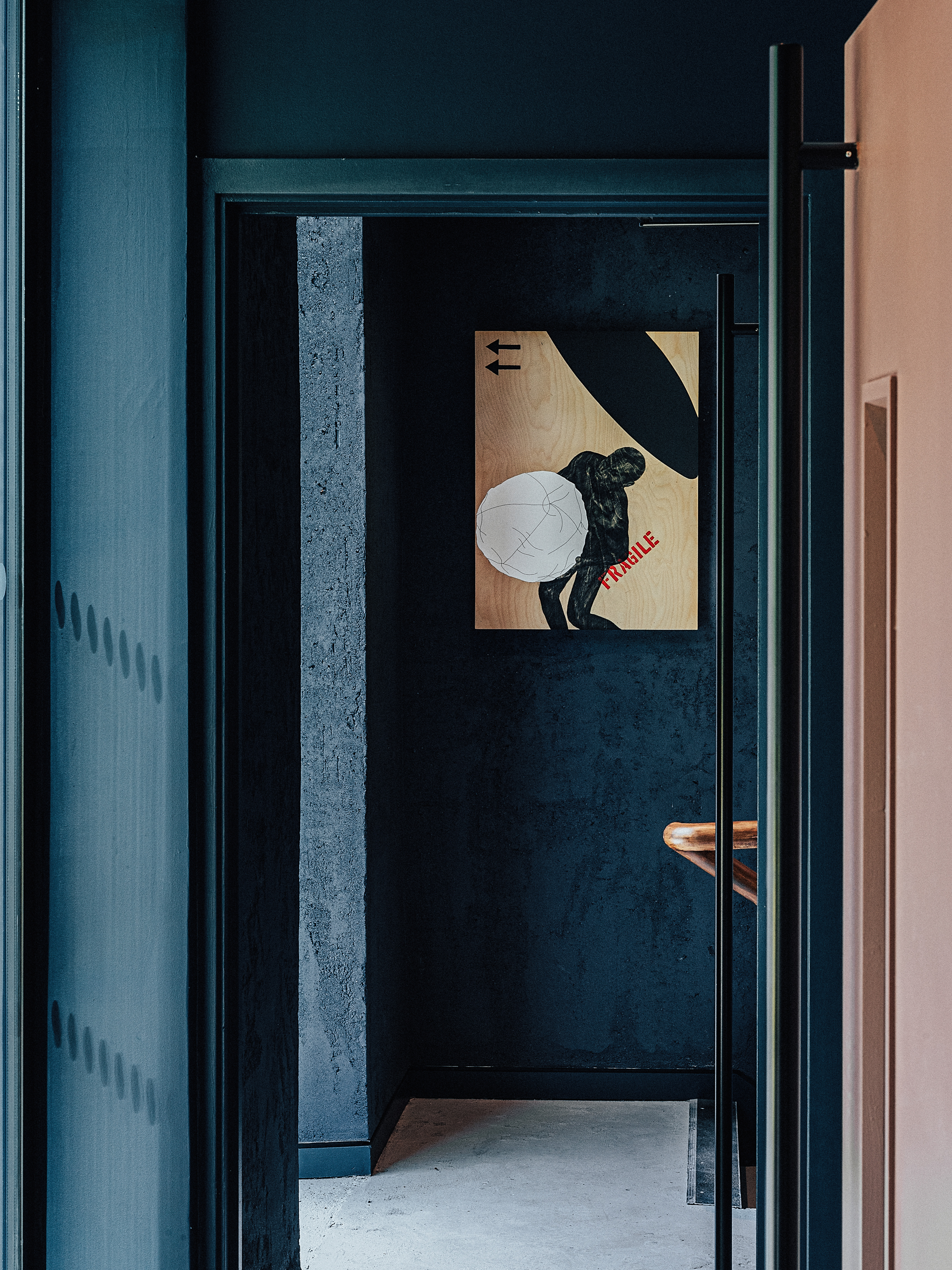
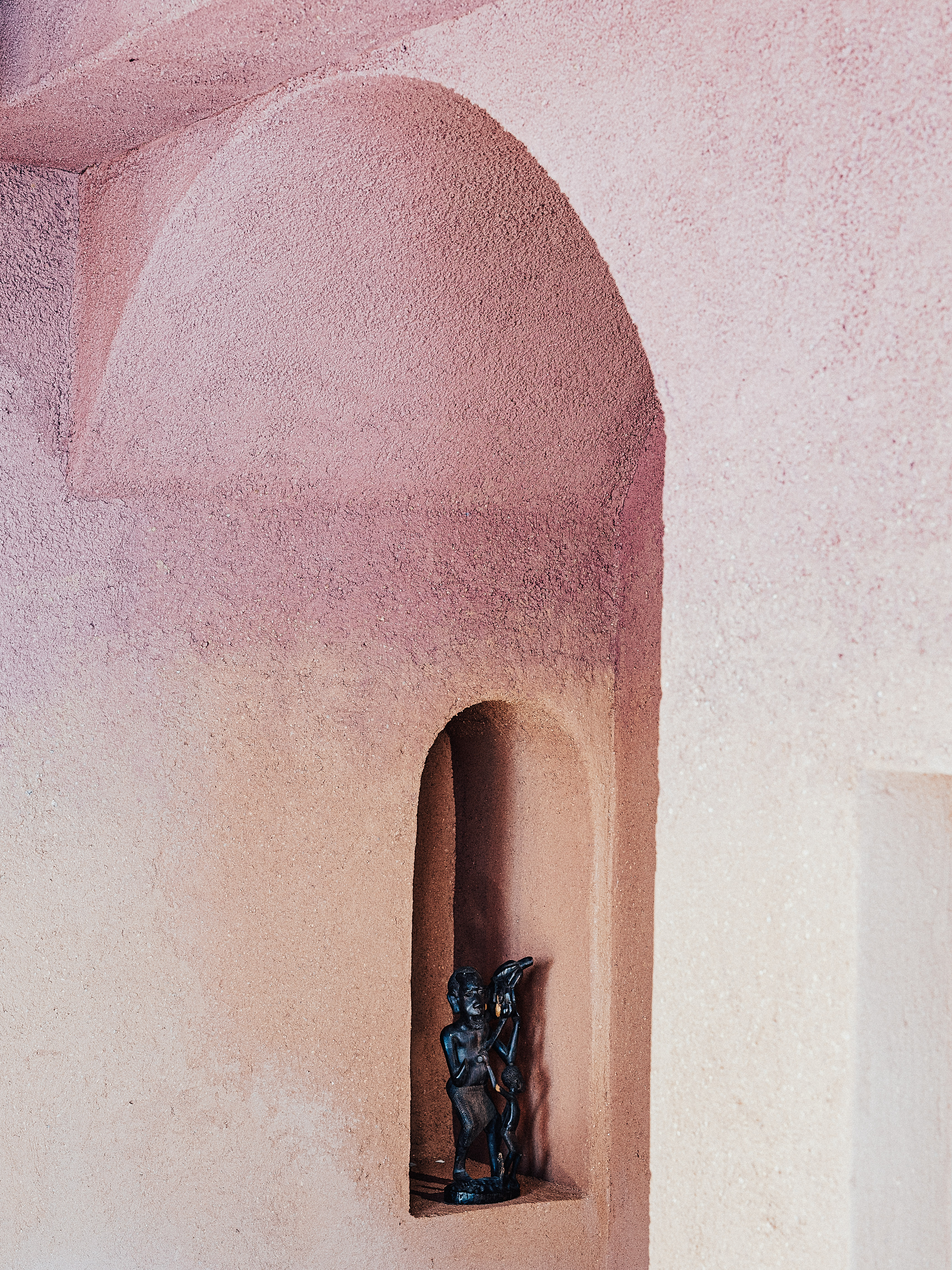
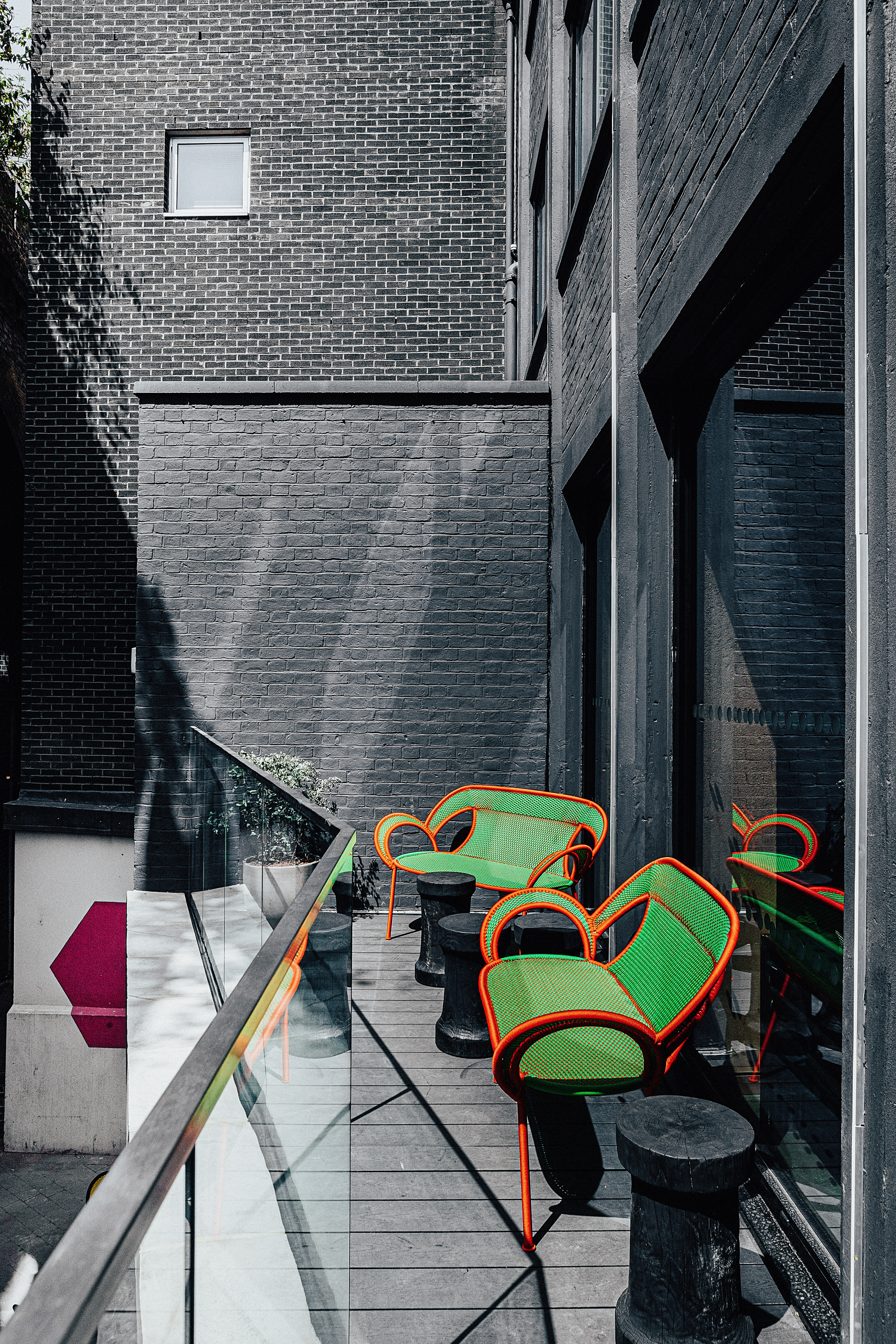
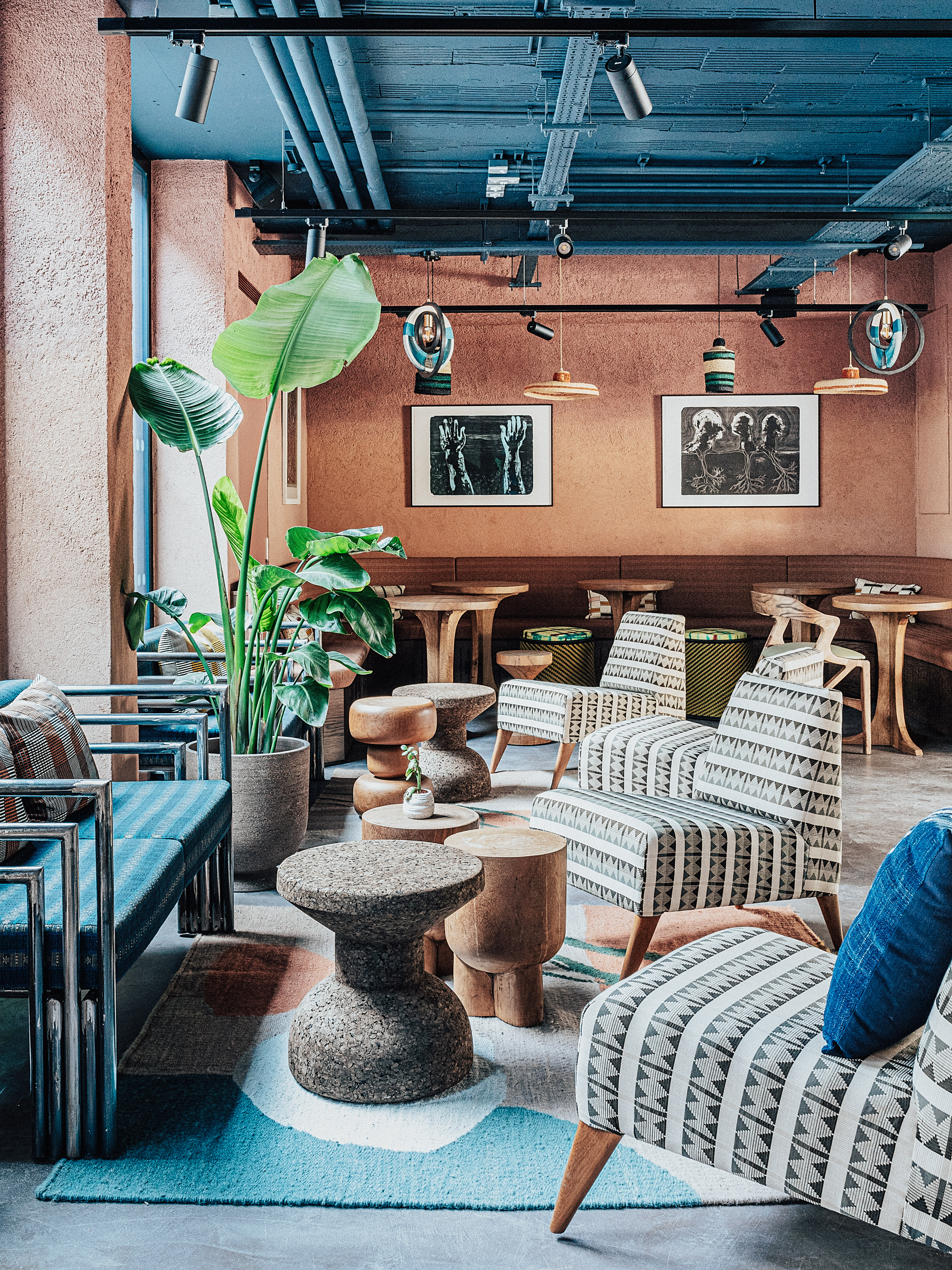

INFORMATION
Receive our daily digest of inspiration, escapism and design stories from around the world direct to your inbox.
Ellie Stathaki is the Architecture & Environment Director at Wallpaper*. She trained as an architect at the Aristotle University of Thessaloniki in Greece and studied architectural history at the Bartlett in London. Now an established journalist, she has been a member of the Wallpaper* team since 2006, visiting buildings across the globe and interviewing leading architects such as Tadao Ando and Rem Koolhaas. Ellie has also taken part in judging panels, moderated events, curated shows and contributed in books, such as The Contemporary House (Thames & Hudson, 2018), Glenn Sestig Architecture Diary (2020) and House London (2022).
-
 This cult Los Angeles pop-up restaurant now has a permanent address
This cult Los Angeles pop-up restaurant now has a permanent addressChef Brian Baik’s Corridor 109 makes its permanent debut in Melrose Hill. No surprise, it's now one of the hardest tables in town to book
-
 French bistro restaurant Maset channels the ease of the Mediterranean in London
French bistro restaurant Maset channels the ease of the Mediterranean in LondonThis Marylebone restaurant is shaped by the coastal flavours, materials and rhythms of southern France
-
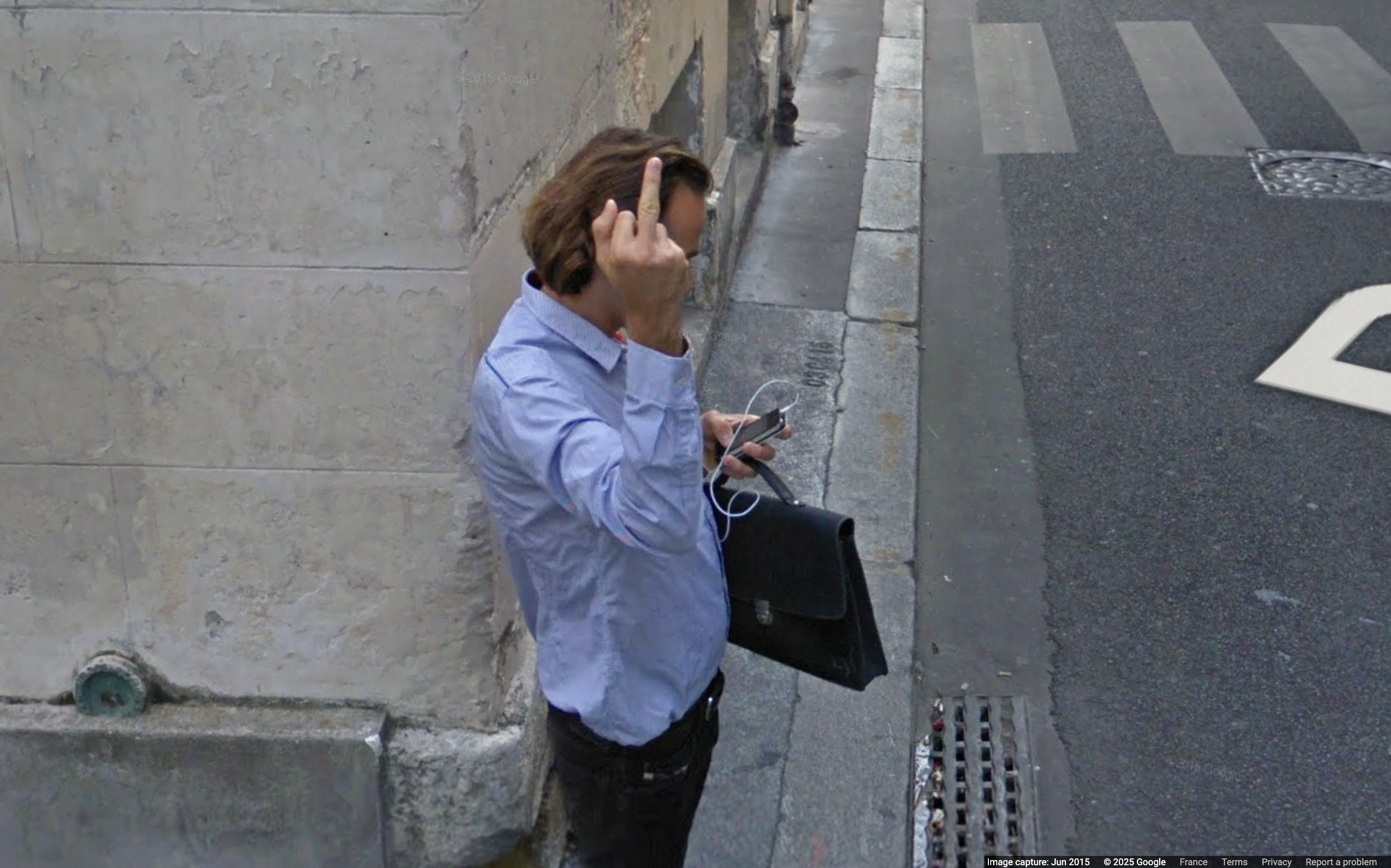 How ethical is Google Street View, asks Jon Rafman in Copenhagen
How ethical is Google Street View, asks Jon Rafman in CopenhagenIn 'Report a Concern - the Nine Eyes Archives' at Louisiana Museum of Art, Copenhagen, Jon Rafman considers technology's existential implications
-
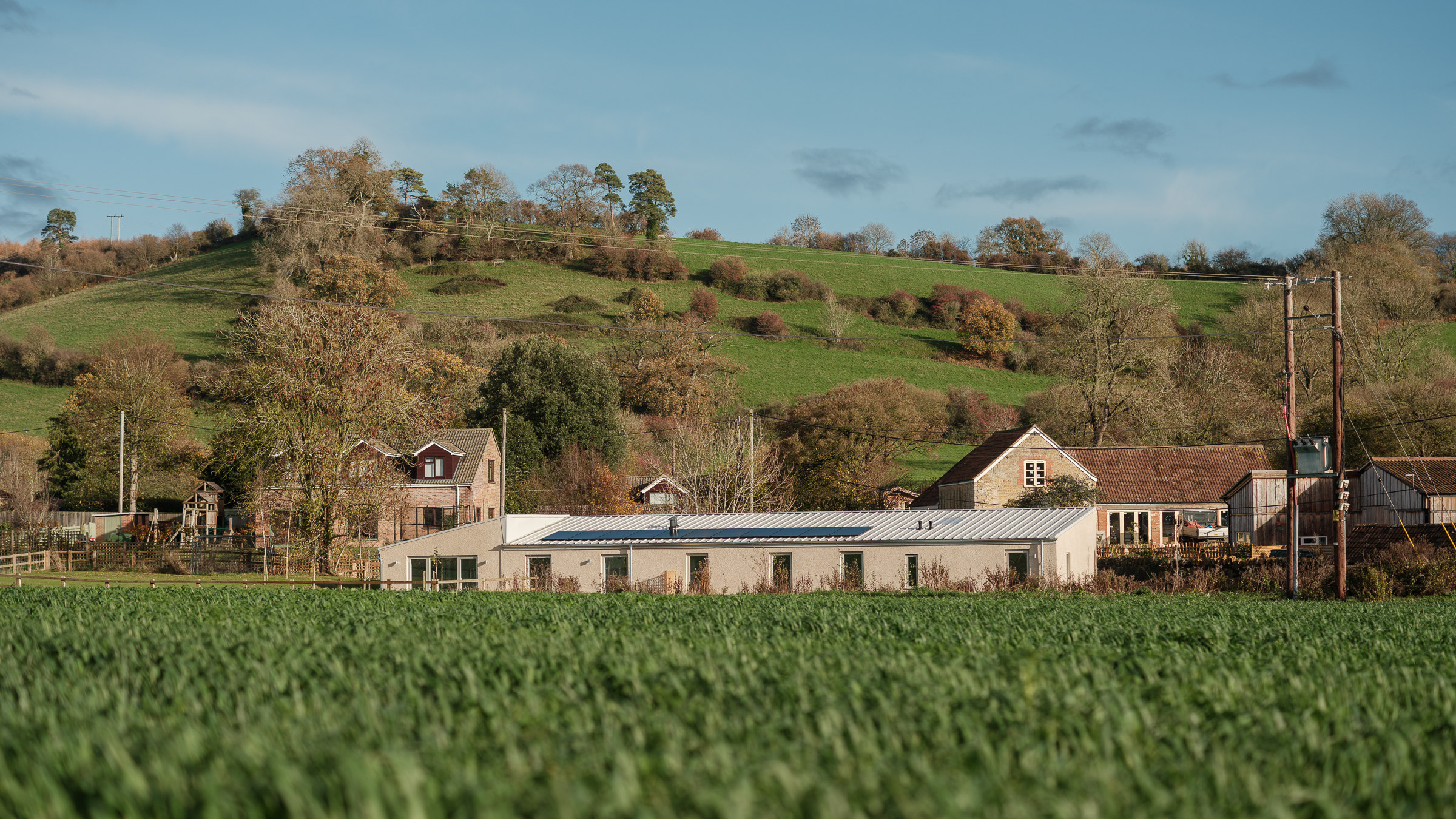 A former agricultural building is transformed into a minimal rural home by Bindloss Dawes
A former agricultural building is transformed into a minimal rural home by Bindloss DawesZero-carbon design meets adaptive re-use in the Tractor Shed, a stripped-back house in a country village by Somerset architects Bindloss Dawes
-
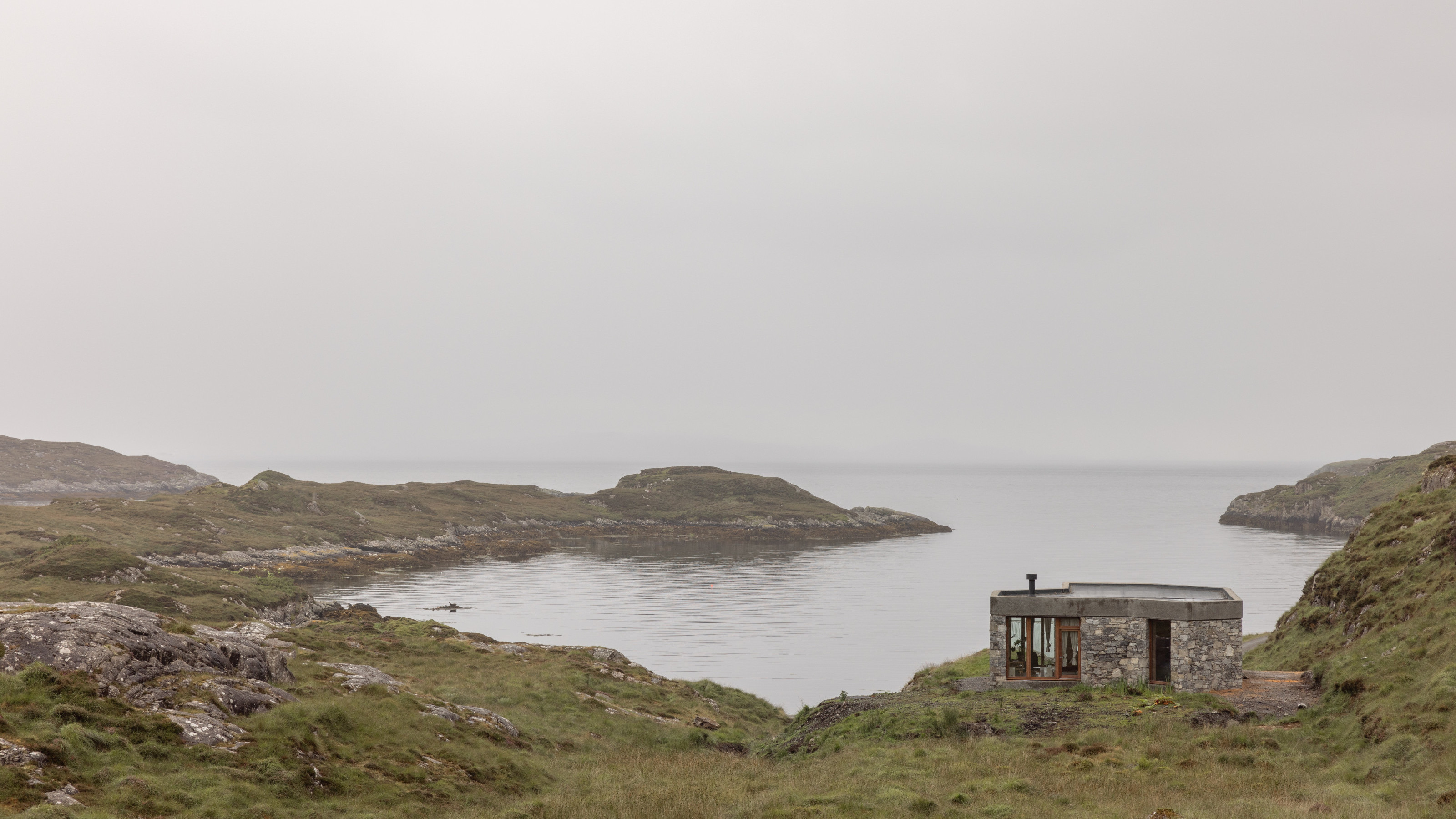 RIBA House of the Year 2025 is a ‘rare mixture of sensitivity and boldness’
RIBA House of the Year 2025 is a ‘rare mixture of sensitivity and boldness’Topping the list of seven shortlisted homes, Izat Arundell’s Hebridean self-build – named Caochan na Creige – is announced as the RIBA House of the Year 2025
-
 In addition to brutalist buildings, Alison Smithson designed some of the most creative Christmas cards we've seen
In addition to brutalist buildings, Alison Smithson designed some of the most creative Christmas cards we've seenThe architect’s collection of season’s greetings is on show at the Roca London Gallery, just in time for the holidays
-
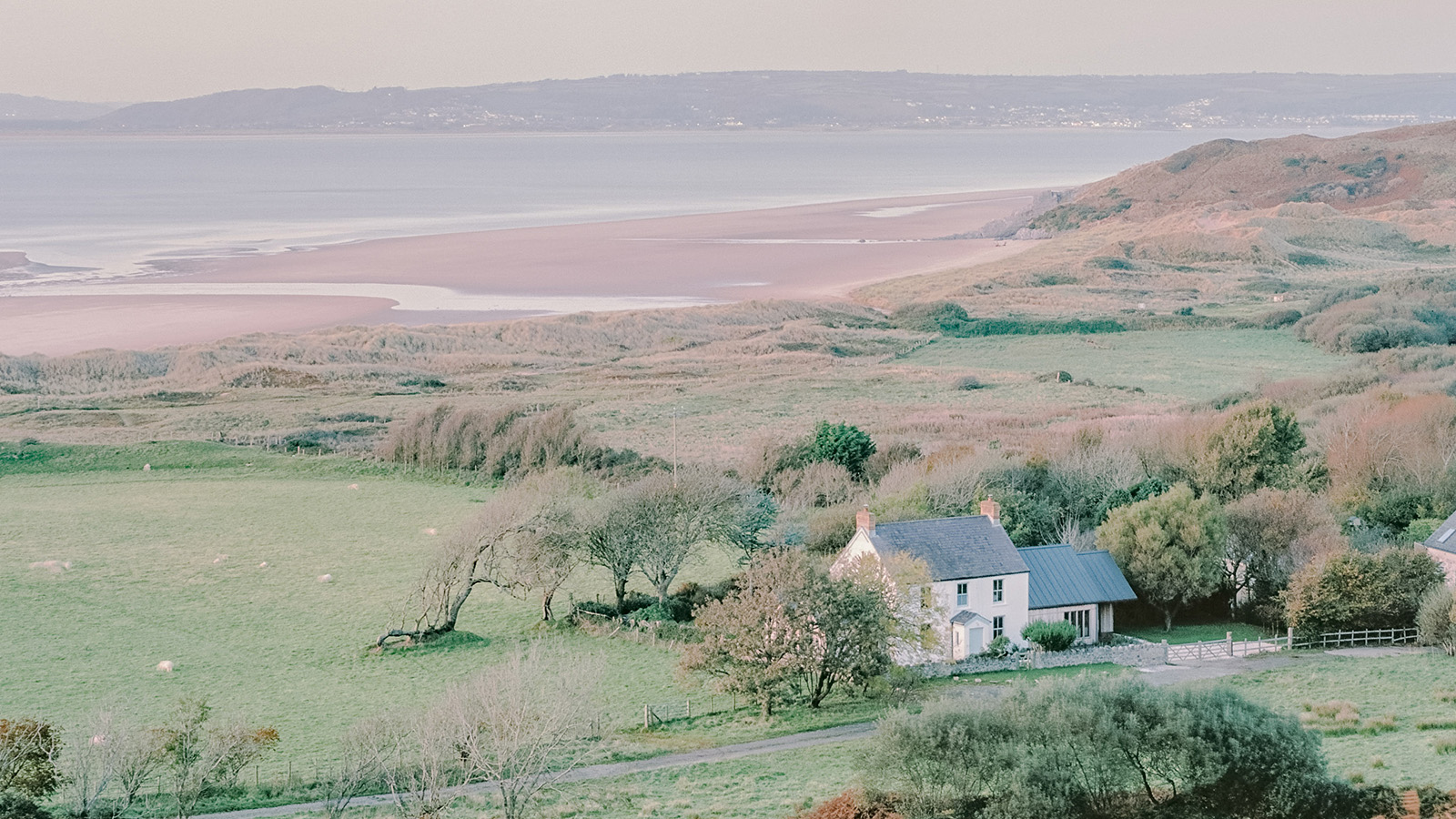 In South Wales, a remote coastal farmhouse flaunts its modern revamp, primed for hosting
In South Wales, a remote coastal farmhouse flaunts its modern revamp, primed for hostingA farmhouse perched on the Gower Peninsula, Delfyd Farm reveals its ground-floor refresh by architecture studio Rural Office, which created a cosy home with breathtaking views
-
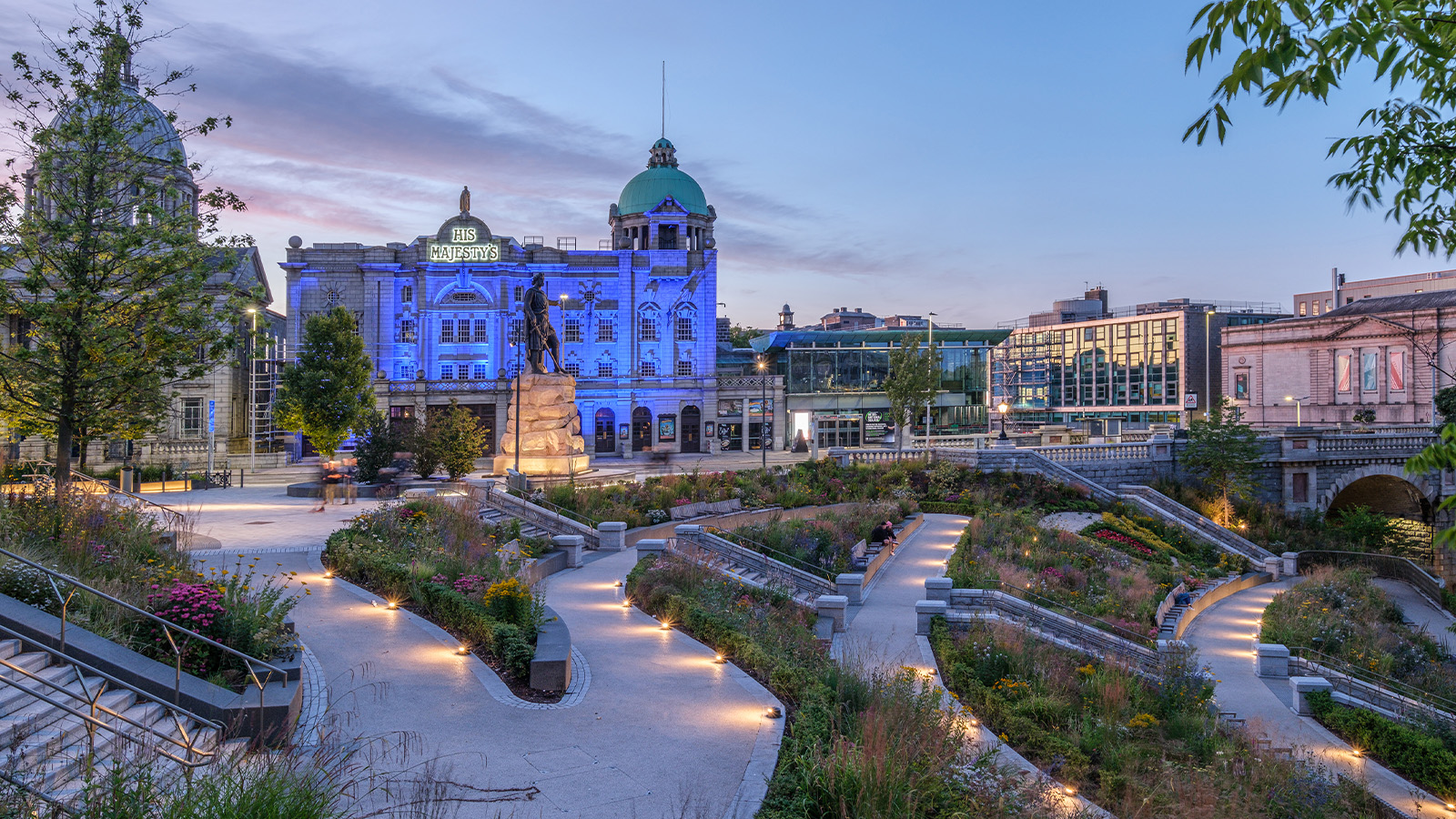 A revived public space in Aberdeen is named Scotland’s building of the year
A revived public space in Aberdeen is named Scotland’s building of the yearAberdeen's Union Terrace Gardens by Stallan-Brand Architecture + Design and LDA Design wins the 2025 Andrew Doolan Best Building in Scotland Award
-
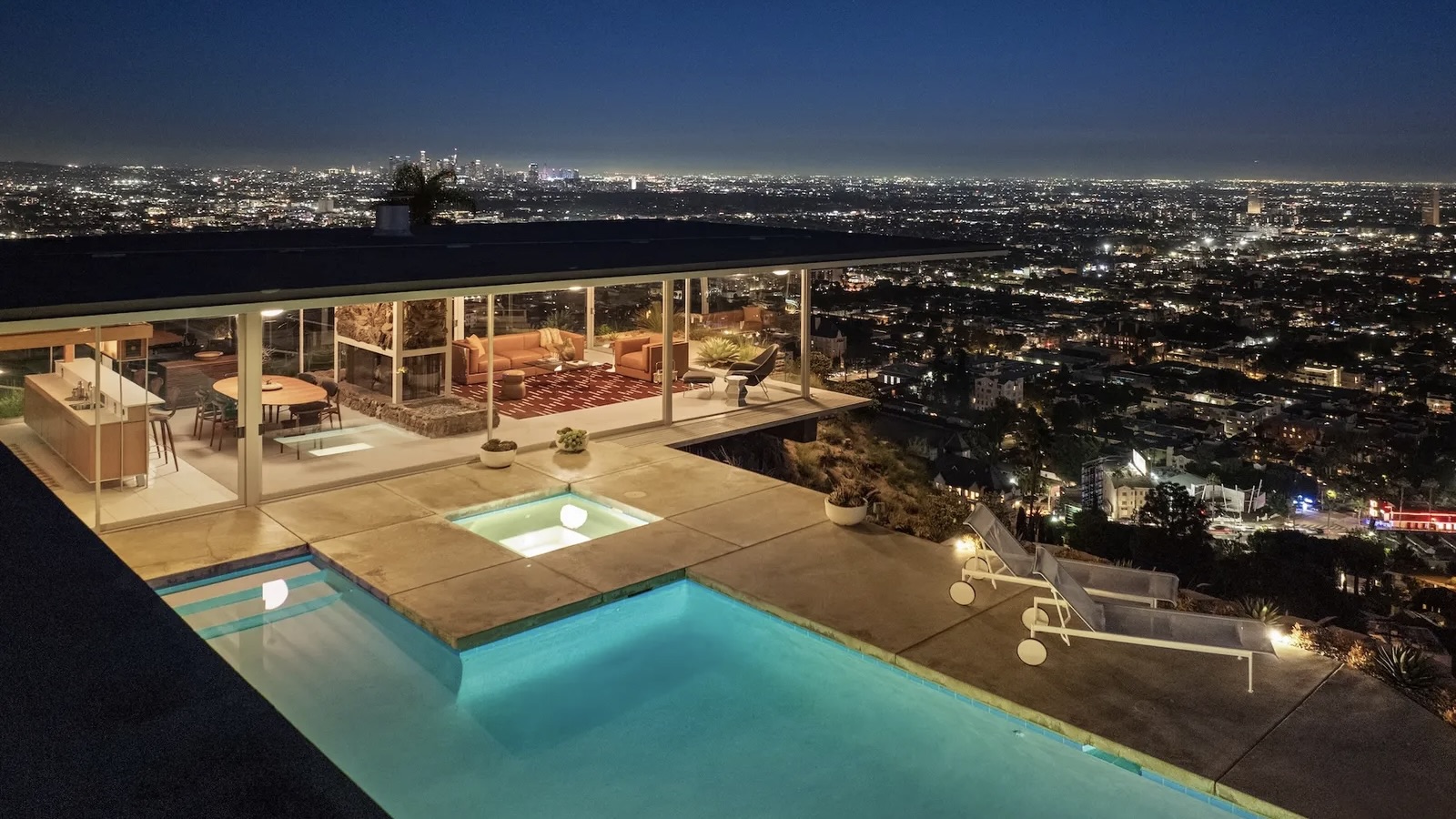 The Architecture Edit: Wallpaper’s houses of the month
The Architecture Edit: Wallpaper’s houses of the monthFrom wineries-turned-music studios to fire-resistant holiday homes, these are the properties that have most impressed the Wallpaper* editors this month
-
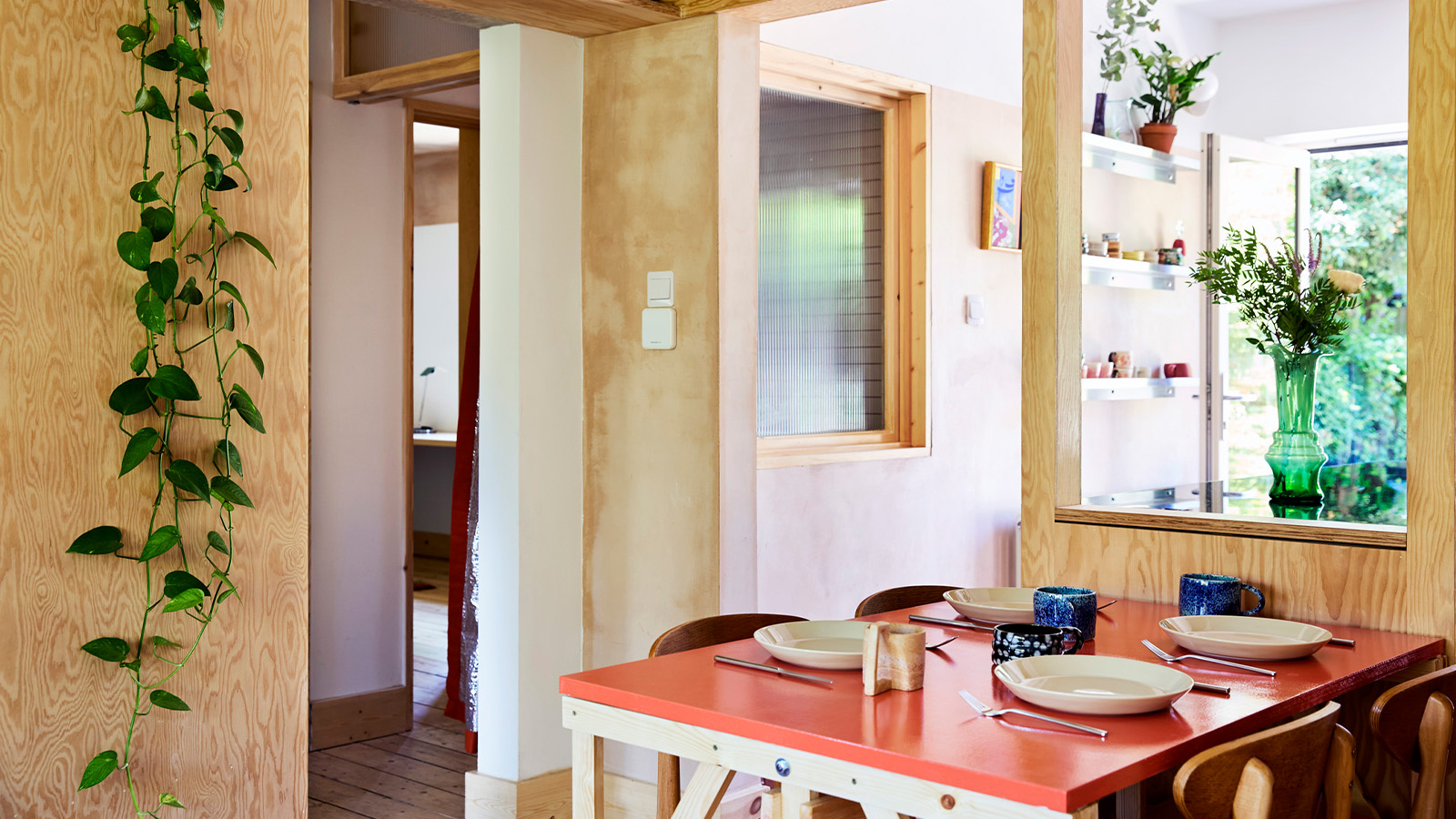 A refreshed 1950s apartment in East London allows for moments of discovery
A refreshed 1950s apartment in East London allows for moments of discoveryWith this 1950s apartment redesign, London-based architects Studio Naama wanted to create a residence which reflects the fun and individual nature of the clients
-
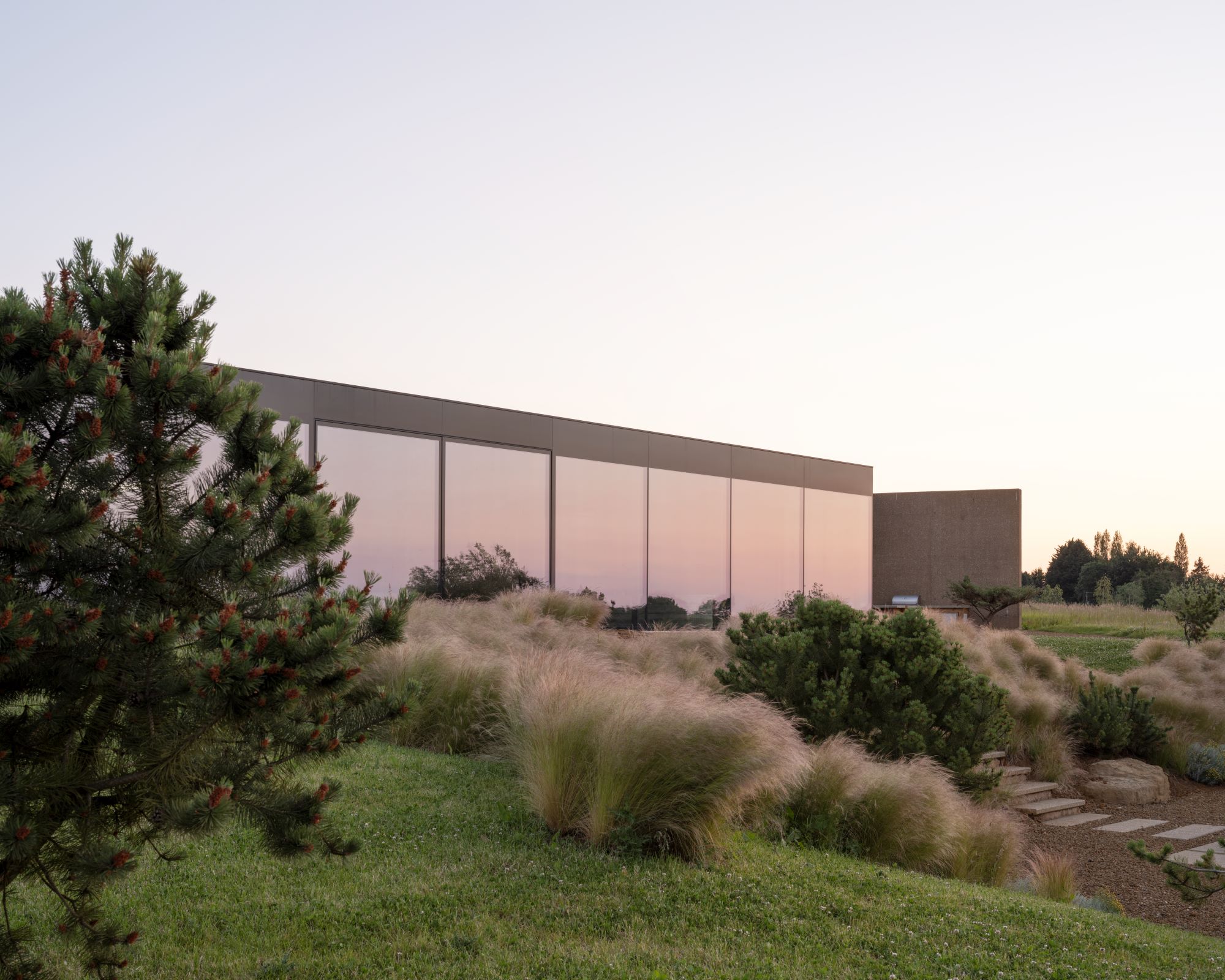 In this Cotswolds home, drama meets minimalism
In this Cotswolds home, drama meets minimalismCotswolds home Hiaven house, with interiors designed by McLaren Excell, is a perfect blend of contemporary chic and calm, countryside drama